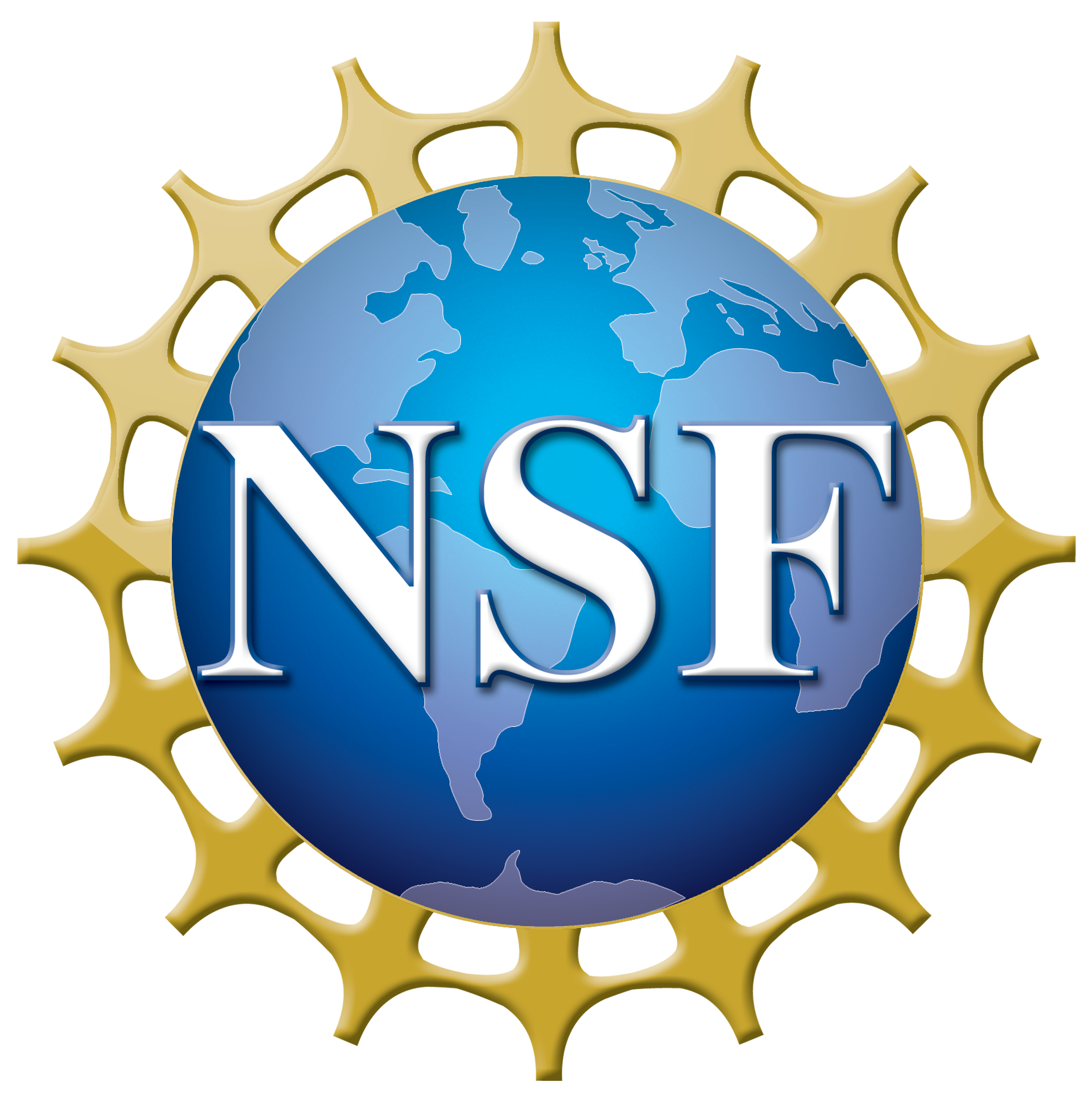| Does your Society have goals and/or measurable objectives that guide establishment of programs | Yes |
| If so, please provide a short description | Sharing Knowledge in and about Biophysics; Fostering a Global Community; Supporting the Next Generation; and Advocating for Biophysics |
| What is the name of your society? | Biophysical Society |
| What is the name of your society's diversity-related program or activity? | Speed Networking |
| Please provide a link to description of the program if it still ongoing or only recently ended: | https://www.biophysics.org/2020meeting/program/professional-development-networking |
| What year did the program start? (YYYY): | 2017 |
| What year did the program end, if not ongoing (YYYY): | ongoing |
| If the program is not continuing, why not? | |
| Target population | Undergrad, Postbac, Grad, Postdoc |
| If other, please specify: | |
| Brief description of the program: | "Speed dating" style networking session. Faculty and scientists in industry & government ("mentors") sit at small tables and students and postdocs ("mentees") sit across from them for a brief networking session. Scheduled before dinner time so that attendees can continue conversations. |
| What led you to the start the program? | Requests for more structured networking events and brainstorming from our Education Committee, who lead planning on this program |
| What is the theory or logic underlying the program design? | More unstructured networking sessions are helpful, but it's easier to approach a peer. This structure allows trainees to feel safe approaching people who might otherwise seem intimidating, and to talk to people with a variety of experiences, who they might not encounter. |
| Is there a formal logic model? If so, please upload here. | |
| What are the goals and measurable objectives of the program? | Participation of at least 20 mentors and mentees; positive evaluations in session survey. |
| How many participants were/are there either annually or for a one-time event? | 40-50 participants (designed to be a relatively small event) |
| Describe how the program was assessed/evaluated. | Surveys |
| Please describe (other): | |
| What were the conclusions drawn from the evaluation? | Very positive responses from both mentors and mentees. Many mentors have participated year after year. Recruiting of mentors has improved after requests for more representatives from industry. |
| What challenges have been encountered? | Recruiting varied mentors is a challenge, and making sure we have enough mentors for the number of students/postdocs (pre-registration is recommended). In some years there has been a 2:1 mentee to mentor ratio, which is not ideal but is manageable. |
| Is there any long-term outcome tracking of participants? | No |
| If so, what is being tracked? | |
| How has the program evolved over time? | The structure has remained the same, but it has grown and we've prioritized diversity of mentors, as well as making sure they represent a variety of career paths. We have also made an effort to place it in a high-traffic area to encourage walk-ins. |
| If you were to give advice to another group considering a program like this, what would you tell them? | Make sure to recruit more mentors than you think you may need. |
| How much did the program cost/year? | The only costs are rental of tables and chairs and A/V equipment. Varies by convention center, but pretty minimal costs. |
| Where does funding for the program come from? | The Education Committee's budget (which is funded by membership dues, meeting registrations, etc.) |
| Who are/were the primary individuals who contributed to the design and/or delivery of the program or activity? | The Education Committee plans and spearheads, and members of other committees are recruited as mentors. |
| Are there any formal reports or publications that have come out of the program? | No |
| If so, please upload here | |
| or provide a link to where they reside | |
| Who can be contacted for more information about the program? | Laura Phelan (lphelan@biophysics.org) or Joon Kwak (jkwak@biophysics.org) |
